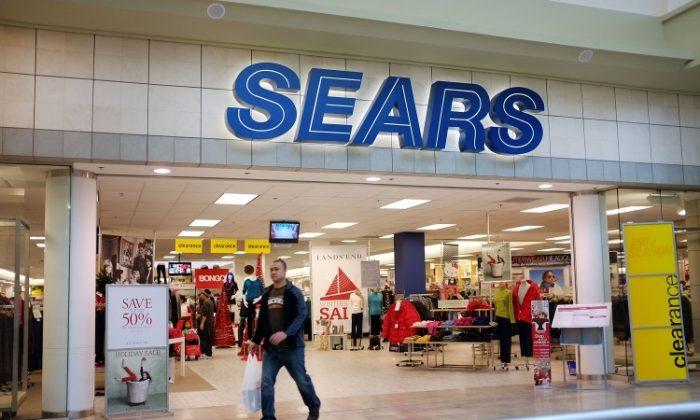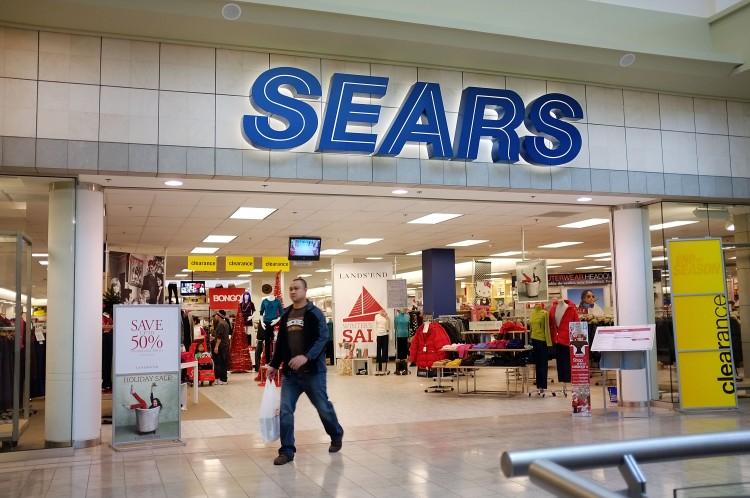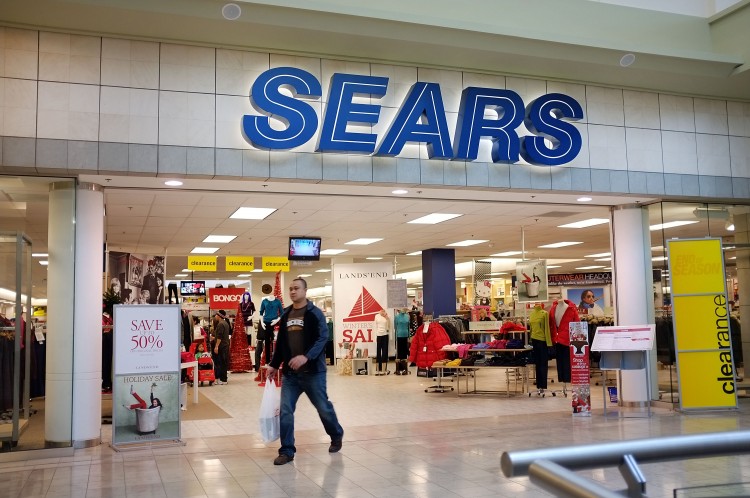The year 2012 appears to have been difficult for the retail industry because 3,288 retail stores closed their doors. Blockbuster LLC closed 500 stores, Abercrombie & Fitch would close 180 stores “over the next few years,” Sears Roebuck & Co. closed 172 stores, and Gap Inc. closed 100 stores, according to a list of 2012 retail store closings published on the About.com website on Jan. 27.
“Most of those store closings come as a result of retail companies right-sizing their portfolios and are complemented by a healthy amount of new openings, analysts and excess space specialists say,” an Aug. 9, 2012, article on the Retail Traffic website suggests.
During 2012, 4,283 retailers opened their doors, amounting to 995 more retailers opening their doors than closing. The most store openings were by 7-Eleven with a total of 630 openings, followed by the Family Dollar Stores Inc. with 500 openings, Dunkin' Donuts with 280 franchises opening, and Walgreens Co. opening 198 stores.
“2011 was a year of expansion for the U.S. retail industry, even though it was a year of instability for the U.S. economy. Measured by store openings and closings, it was hoped that the retail industry expansion would continue in 2012,” according to the Jan 27 article on the About.com website.
Although more stores opened than closed in 2012, market experts and economists point to the most obvious reasons for the store closings, such as economic hardships, political uncertainties, and a dismal unemployment situation. Their arguments center on the store closings by well-known retailers, such as Sears Roebuck, Blockbuster, Gap, and Abercrombie & Fitch.
In 2013, additional retail store closings abound. On Jan. 23, the About.com website published a list of 1,605 U.S. retailers closing their doors in 2013, with Blockbuster closing another 460 stores. Fashion Bug, a clothing chain store, announced in 2012 that it was going out of business by closing 168 stores in 2012 and 432 stores in 2013.
A Jan. 29 article on the 24/7 Wall St. website forecasted eight retailers most likely to close stores, and not all of them were on the About.com list. The 24/7 article based its projections on annual sales figures, as well as the latest holiday season revenues.
“A review of these numbers tells us a great deal about how most of the companies will do in the upcoming year. And while successful retailers in 2012 may add stores this year, those that have performed very poorly may have to cut locations during 2013 to improve margins or reverse losses,” the 24/7 Wall St. article states.
Cause and Effect
“Several of America’s largest retailers have been battered for years. Most have been undermined by a combination of e-commerce competition … and more successful retailers in the same areas,” according to the 24/7 Wall St. article.
Amazon.com Inc., an e-commerce retailer, turned into a devastating competitor for companies such as Borders Group Inc., a global book and music retailer, and Circuit City Stores Inc., a consumer electronics corporation, both of which went out of business. According to the media, about 19,500 people lost their jobs when Borders closed its doors.
“Borders and Circuit City are two of the best examples of retailers that were destroyed by larger bricks-and-mortar competition and consumers transitioning to online shopping,” the 24/7 Wall St. article states.
A Jan. 18 article on the 24/7 Wall St. website suggests that counterfeit products from Hong Kong, Singapore, India, Taiwan, and China are hurting U.S.-based retailers of handbags, wallets, watches, jewelry, and clothing.
The U.S. border control found it easier to catch counterfeit products coming into the United States a few years ago, as they were shipped in large containers. The counterfeiters, being crafty, caught on to selling their products through websites and shipping them to the consumer directly, making it very difficult for the Customs and Border Protection (CBP) to seize the items.
The border control is catching on and “to combat the new techniques, the CBP has begun targeting and shutting down websites that facilitate these transactions,” according to the 24/7 Wall St. article.
Product Life Cycle
Economic theory suggests “a product is in the decline stage when the consumer is no longer interested in the product and sales volume declines rapidly,” an article on the Trinity Web Works website explains.
Chain retailers, including J. C. Penney & Co., Sears Roebuck, Kmart, and RadioShack Corp., have passed the maturity stage. They haven’t done a thorough market analysis despite declining sales and have thus outlived their desirability. Customers are no longer beholden to just one store, and competition has become cutthroat.
“Very few retailers get into sudden trouble. Chains like Kmart and RadioShack Corp. have struggled for years just to stay in place. Their brands have lost much of their luster. Their stores have become old and their locations no longer attractive,” the 24/7 Wall St. article states.
Disproportionate Retail Stores Versus Customers
“Many experts believe that the number of retail establishments per capita in the United States was excessive even before the economy recessed,” the About.com article suggests.
The American Fact Finder website published retail trade industry statistics based on the U.S. Census Bureau’s 2007 Economic Census. In 2007, there were 1,128,112 retail firms in the United States, employing 15,515,396 people. Despite extensive Internet research, no information concerning the number of retail establishments in the United States in 2012 or 2013 could be found.
Retail market experts suggest that scaling back the number of retail establishments is no longer a secret, especially since mobile shopping is trending up. Reducing the number of firms will continue over the coming years until a sustainable ratio of firms to customers has been reached.
“With the explosive growth of Internet and mobile shopping, the oversaturation of physical retail establishments in the U.S. becomes even more obvious,” the About.com article states.
Surviving in a Difficult Environment
“Gap is now poised to win, during the holiday season and beyond. … Gap Inc., which also operates Old Navy, Banana Republic, Athleta and Piperlime, had its stock punished by analysts, who pushed it below $10 a share in 2009,” according to a December 2012 article on the Advertising Age website.
Net sales for the company have increased. In 2012, stores that have been opened a year or longer saw their sales increase by 7 percent, against a 6 percent decline during 2011. Furthermore, Gap’s adjusted closing stock price increased to $32.97 by Feb. 1, after hovering below $20 on Feb. 1, 2012 ($19.12), and moving above $20 starting Feb. 2, 2012.
Then there are those retailers that just don’t make the grade for a number of reasons. One of these companies is Best Buy Co. Inc., which will close more than one-fifth of its stores during 2013.
“Best Buy has been plagued by customers ’showrooming'—looking at products in the store and then purchasing them online—in recent years,” according to the 24/7 Wall St. article about store closings in 2013.
Sears Roebuck and its parent Kmart are downsizing. The media reports that Sears lost its S&P 500 standing in 2012, and its sales have been sliding down since 2006.
“Both Sears and Kmart have been going down the tubes for a long-time, steadily losing their middle-income shoppers to retailers such as Wal-Mart Stores Inc. and Target Corp.,” the 24/7 Wall St. article states.
The Epoch Times publishes in 35 countries and in 21 languages. Subscribe to our e-newsletter.






